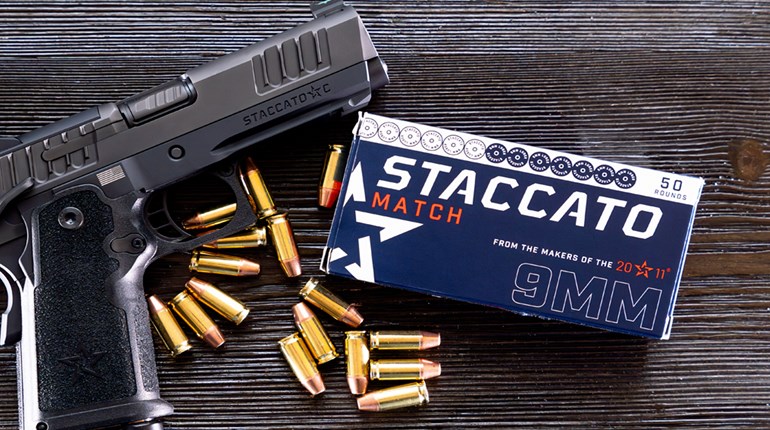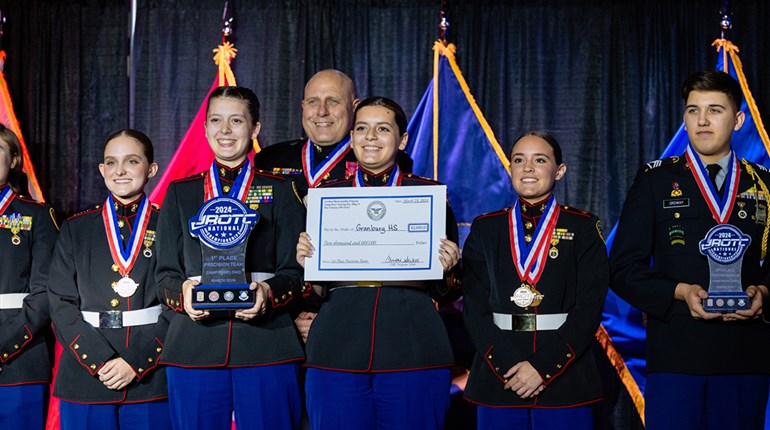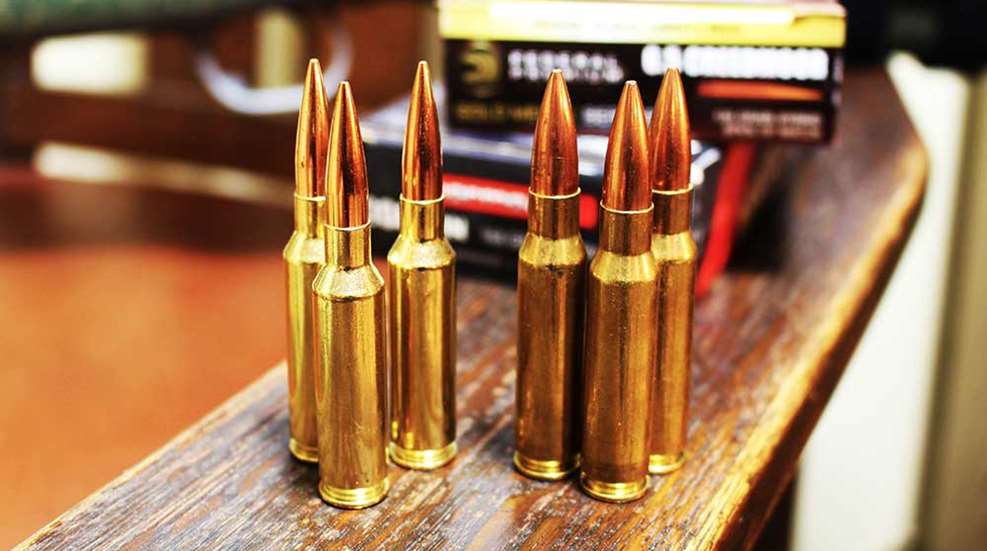
Long-range shooting has taken off and is undoubtedly here to stay. There is a science involved, along with highly specialized tools and a specific skill set. While all sorts of cartridges have been used for long range shooting – the .30-’06 Springfield was once a favorite 1,000-yard cartridge, and the .300 H&H Mag. won the Wimbledon Cup in the ‘30s – the two cartridges that have won many hearts are the .308 Winchester and the 6.5 Creedmoor.
Both are fully capable of good performance in gas guns, and both are relatively easy on the shoulder for those long shooting sessions. Both are wonderfully accurate. Setting aside the larger long-range cartridges – the .300 Win. Mag. and the .338 Lapua come quickly to mind – these two short-action cartridges can usually satisfy the needs of a shooter who wishes to punch steel out beyond 1,000 yards. The two are often compared and contrasted, with each side boasting its claims. Let’s take a closer look at the .308 Win vs the 6.5 Creedmoor and what makes each one of them tick to help you decide which would better fit your needs.
A Closer Look At The .308 Win Vs 6.5 Creedmoor
The .308 Win cartridge was the U.S. Army’s successor to the .30-’06 Springfield, and was developed to offer the soldier a similar performance to the venerable Ought-Six in a shorter package. It allowed the soldier to carry more ammunition for the same amount of weight and did live up to its promise. Mated with a good 168-grain match bullet, the .308 Win has shown its accuracy potential for more than 60 years.
The 6.5 Creedmoor is the new kid on the block. Sort of. Introduced by Hornady in 2007 and based on the relatively unknown .30 T/C cartridge – itself designed to provide true .30-’06 velocities from a short-action cartridge – the 6.5 Creedmoor offers a wonderful blend of ballistic qualities. The case itself is short enough to run properly through a gas gun, but unlike its bigger brother, the .260 Remington, the long, lean 6.5 mm bullets – with their great B.C. values – can be seated further out without impinging on the cartridge overall length. The 6.5 Creedmoor cartridge has little recoil, and because of the traditional twist-rates of the 6.5 mm barrels, long, heavy-for-caliber bullets have been the norm dating back to the late 19th century in the 6.5x55 Swede and later in the 6.5x54 Mannlicher-Schönauer. These .264 inch 140-grain spitzer boattail bullets are excellent in both trajectory and wind deflection.
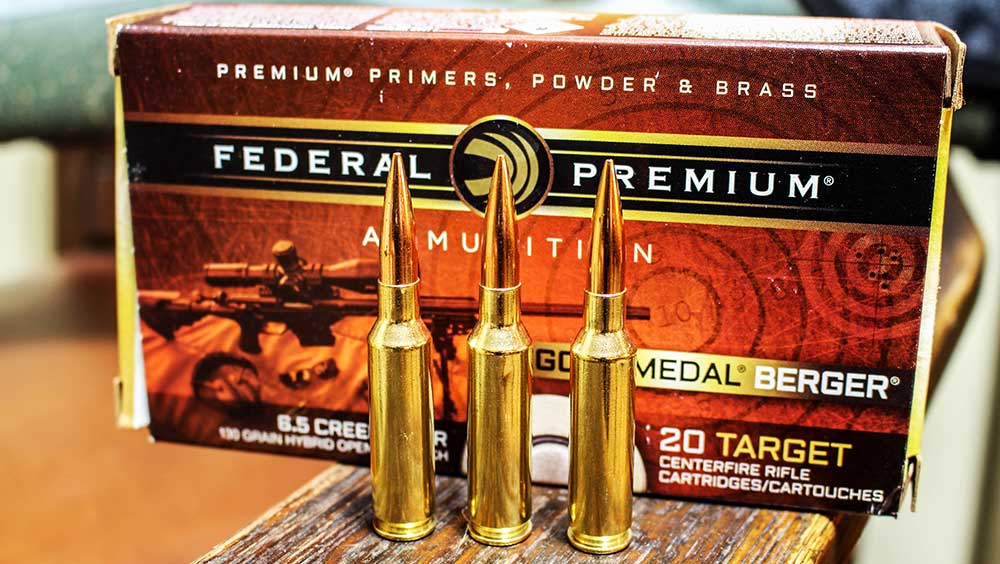
When comparing the .308 Win vs the 6.5 Creedmoor for hunting purposes, either cartridge is well-suited for harvesting game at what I consider sane ranges. It is fair to say that the .308 Winchester might have the advantage with larger animals in the bullet-weight department. But when the steel targets get out there, you see that things begin to change.
Using Hornady ammunition as a common denominator, and the company's excellent ELD-Match bullets, let’s zero both rifles at 100 yards and observe the trajectory and wind deflection in MOA. We can also keep an eye on the velocities, to see exactly where each bullet will go transonic. I like the Hornady Four-Degrees-Of-Freedom ballistic calculator, and as we’re comparing Hornady products, I’ll quote that for demonstrative purposes. The 140-grain 6.5 mm ELD-Match has a G7 B.C. of 0.305, while the 168-grain .30 caliber ELD-Match has a G7 B.C. of 0.263, and you’ll see how that will play a big role.
The 140-grain 6.5 Creedmoor and the 168-grain .308 Win. both leave the muzzle at 2,700 fps, and the trajectories stay pretty even out to 500 yards. The Creedmoor needs 10.0 MOA of holdover, while the .308 needs 10.5 MOA, but the 10-mph crosswind will start to show the advantages of the higher B.C. of the Creedmoor. The .308 will need 3.25 MOA of wind adjustment, while the Creedmoor needs 2.5 MOA. Take it to 750 yards, the Creedmoor needs 19 MOA of vertical adjustment, and the .308 Winchester needs 21 MOA, so the 6.5mm bullet offers a mildly flatter trajectory, if a 15-inch difference in point of impact fits your definition of mild. With regards to the wind, the 6.5 Creedmoor needs 4.25 MOA of wind hold, and the .308 Win. requires 5.5 MOA. The Creedmoor is moving 175 fps faster than the .308 at this point.
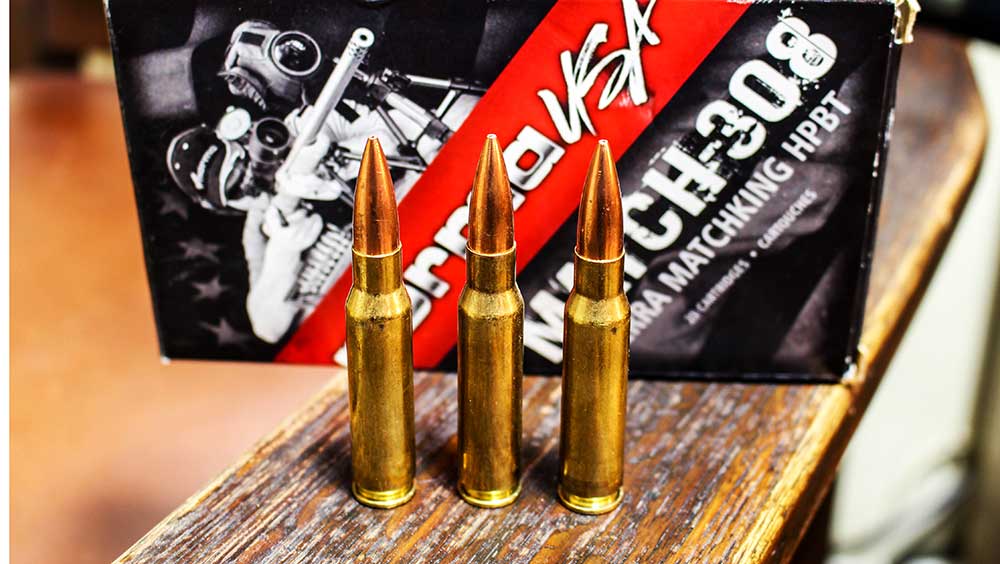
308 Win vs 6.5 Creedmoor at 1000 yards
At the magic 1,000 yard mark, things change radically. Looking at the trajectory, our Creedmoor needs 30.75 MOA, the .308 needs 35.5 MOA, and that’s a big difference. The Creedmoor requires 6.25 MOA of wind adjustment in the 10mph wind, and the .308 needs 8.25 MOA – a difference of 20 inches. But the velocities at this point is where the Creedmoor shows the advantage over the .308; the 6.5 Creedmoor 140-grainer is moving along at over 1,400 fps but that .308 bullet has slowed down to about 1,150 fps – just past the cusp of the transonic window. That’s where things can go haywire, and a bullet can often do quirky, silly things. If you’re shooting at higher elevations, that point may stretch out a bit, but at the coastal elevations, especially in cooler temperatures, it can pose an issue. The Creedmoor – again according to the Hornady calculator – will carry out to about 1,175 yards before it hits that window.
The Cartridge Calculus
Now, I realize the bullets can be changed, velocities modified, etc., but I feel this is a fair representation of the differences between the two easiest recoiling long-range cartridges. Which is best for you? I feel that depends on the actual distances at which you shoot. If it’s inside of 750 yards, I think the availability of a wide and plentiful selection of .308 ammunition gives it an advantage. But, if it’s farther than that, I feel the 6.5 Creedmoor is definitely the way to go. Comparing the .308 Win vs the 6.5mm Creedmoor cartridge in terms of felt recoil, the advantage goes to the 6.5 CM. Add less felt recoil with the three-fold advantage of trajectory, wind and velocity and 6.5 becomes a very strong contender.
I’ll leave you with this: at the FTW Ranch, where the SAAM Shooting School is taught by veteran instructors with tons of real-world experience, all instructors have their own 6.5mm Creedmoor rifle, and that’s by choice.












